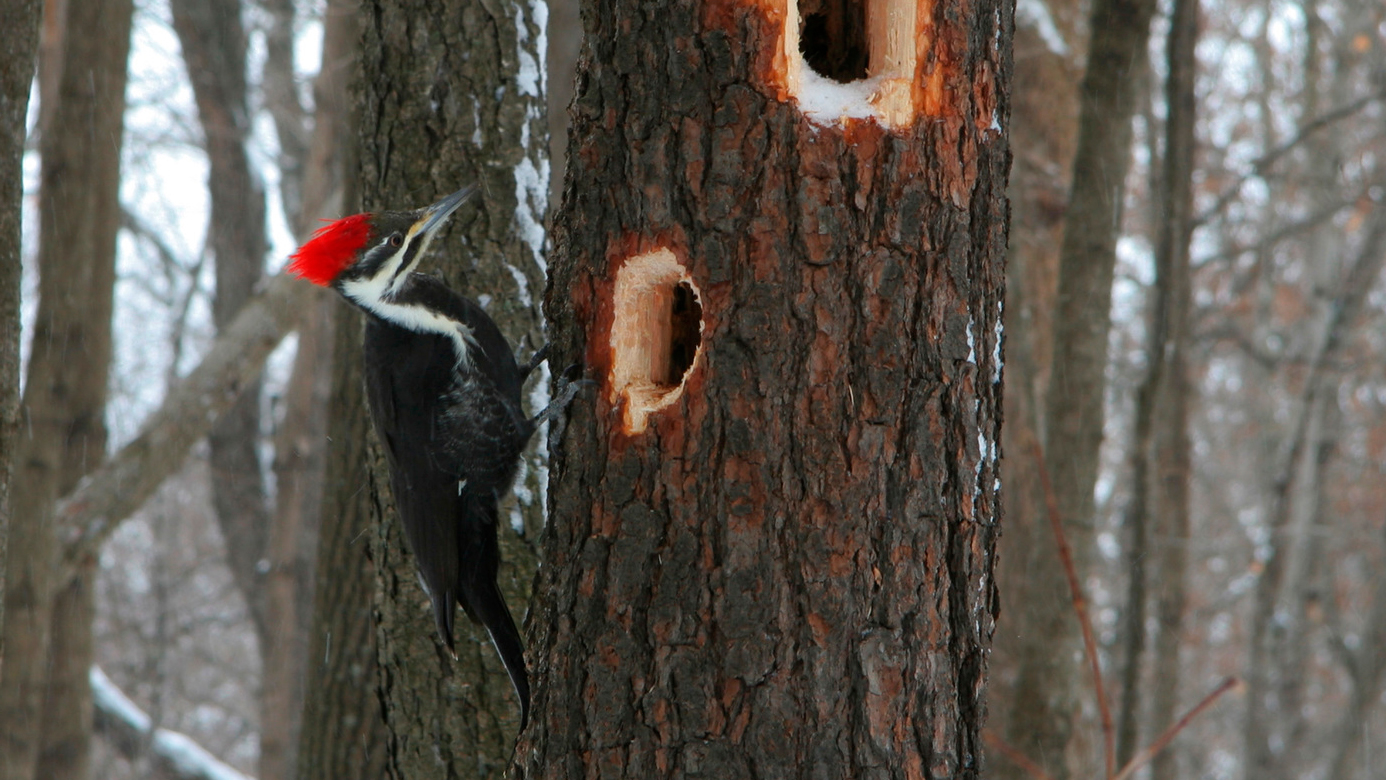Coming Across Woodpeckers in Florida Types: Habitats and Behavior
Coming Across Woodpeckers in Florida Types: Habitats and Behavior
Blog Article
Revealing the Secrets of Woodpeckers: Behavior, Habitat, and Extra
Woodpeckers, with their unique behaviors and specialized adaptations, have actually lengthy captivated researchers and nature fanatics alike. By discovering the enigmas surrounding woodpeckers' behavior and environment selections, a much deeper understanding of these bird marvels emerges, using a look right into their remarkable globe.
Woodpecker Habits Insights
In taking a look at woodpecker habits, a remarkable display of specialized abilities and adaptations emerges, shedding light on their impressive eco-friendly niche. Woodpeckers, understood for their unique drumming on trees, have a range of behavioral attributes that contribute to their survival and success in their environment.
In addition, woodpeckers show an unique feeding actions identified by their capacity to essence pests from tree bark using their specialized beaks. Their lengthy, barbed tongues aid in catching prey, while their solid neck muscular tissues offer stability and precision during pecking activities. This feeding method allows woodpeckers to gain access to concealed insect larvae and remove them with remarkable performance.
Habitat Preferences and Option
What elements affect the habitat preferences and option of woodpeckers? Woodpeckers are highly versatile birds known to occupy various atmospheres worldwide. However, they do display preferences for particular environment characteristics. One important factor influencing woodpecker habitat option is the accessibility of appropriate nesting websites. Woodpeckers typically choose woodlands with a mix of mature trees that supply ample opportunities for tooth cavity excavation. These cavities work as vital nesting and roosting websites for woodpeckers and are crucial for their breeding success.
In addition, woodpeckers show a choice for habitats with an abundant supply of food sources. They are largely insectivorous, feeding upon beetles, ants, larvae, and various other pests found in decaying wood or tree bark. Woodpeckers often tend to prefer woody locations with a varied insect populace to satisfy their nutritional requirements.
Moreover, the visibility of dead or rotting trees is one more key consider woodpecker habitat choice. These trees not just offer food resources however likewise provide suitable substrate for dental caries excavation. Dead trees are important for the maintenance of healthy and balanced woodpecker populaces, as they play an important role in the woodpeckers' life process and environment characteristics.
Feeding Practices and Diet Structure
Woodpeckers show a specialized feeding behavior concentrated on foraging for bugs within different habitats. Their diet plan mostly contains bugs such as beetles, ants, caterpillars, and spiders, which they locate by touching on tree bark and paying attention for the sound of movement inside. Woodpeckers utilize their solid beaks to pierce right into the timber and their long, barbed tongues to remove target from crevices. Along with insects, woodpeckers additionally eat tree sap, fruits, nuts, and seeds, adding range to their diet relying on the period and availability of food sources.
The foraging techniques of woodpeckers are well-adapted to their arboreal lifestyle. Woodpeckers play an important role in maintaining the health and wellness of woodlands by regulating insect populaces and assisting in the decay of timber.
Drumming Appears and Interaction
Using fast drumming sounds on various surfaces, woodpeckers utilize a distinctive type of communication to signal territory limits and draw in companions. see page This drumming actions is not just a way of interaction yet additionally acts as a method for woodpeckers to develop their existence within a particular area. The intensity, rate, and pattern of the drumming can share vital details to other woodpeckers around.
Woodpeckers utilize drumming noises to introduce their presence in an area and to alert off prospective intruders. The loud and recurring nature of the drumming offers as a clear signal to various other woodpeckers that the location is currently declared. This helps in minimizing conflicts and minimizing physical fights between individuals.

Survival Adaptations and Specialized Makeup

Conclusion
In conclusion, woodpeckers display unique behaviors, such as drumming audios for interaction, and have actually specialized makeup for survival in their chosen habitats. Their feeding habits and diet regimen composition additionally demonstrate their versatility to different settings. By recognizing these elements of woodpeckers, researchers and guardians can better protect and protect these fascinating birds and their environments.
Report this page